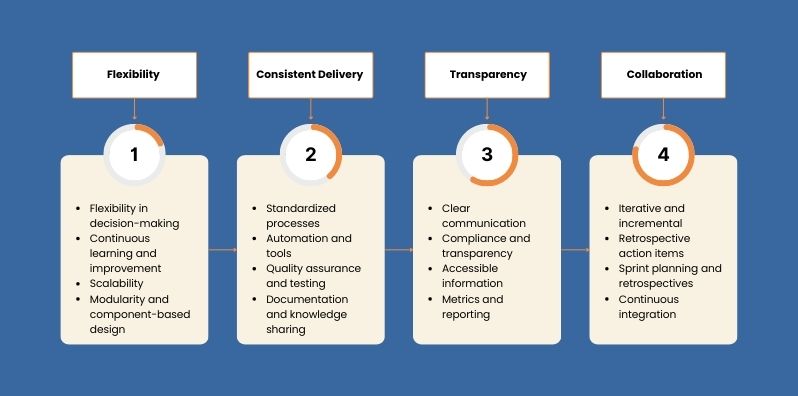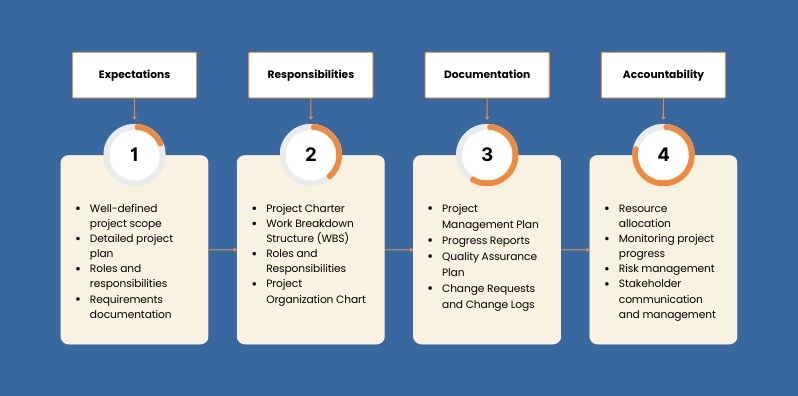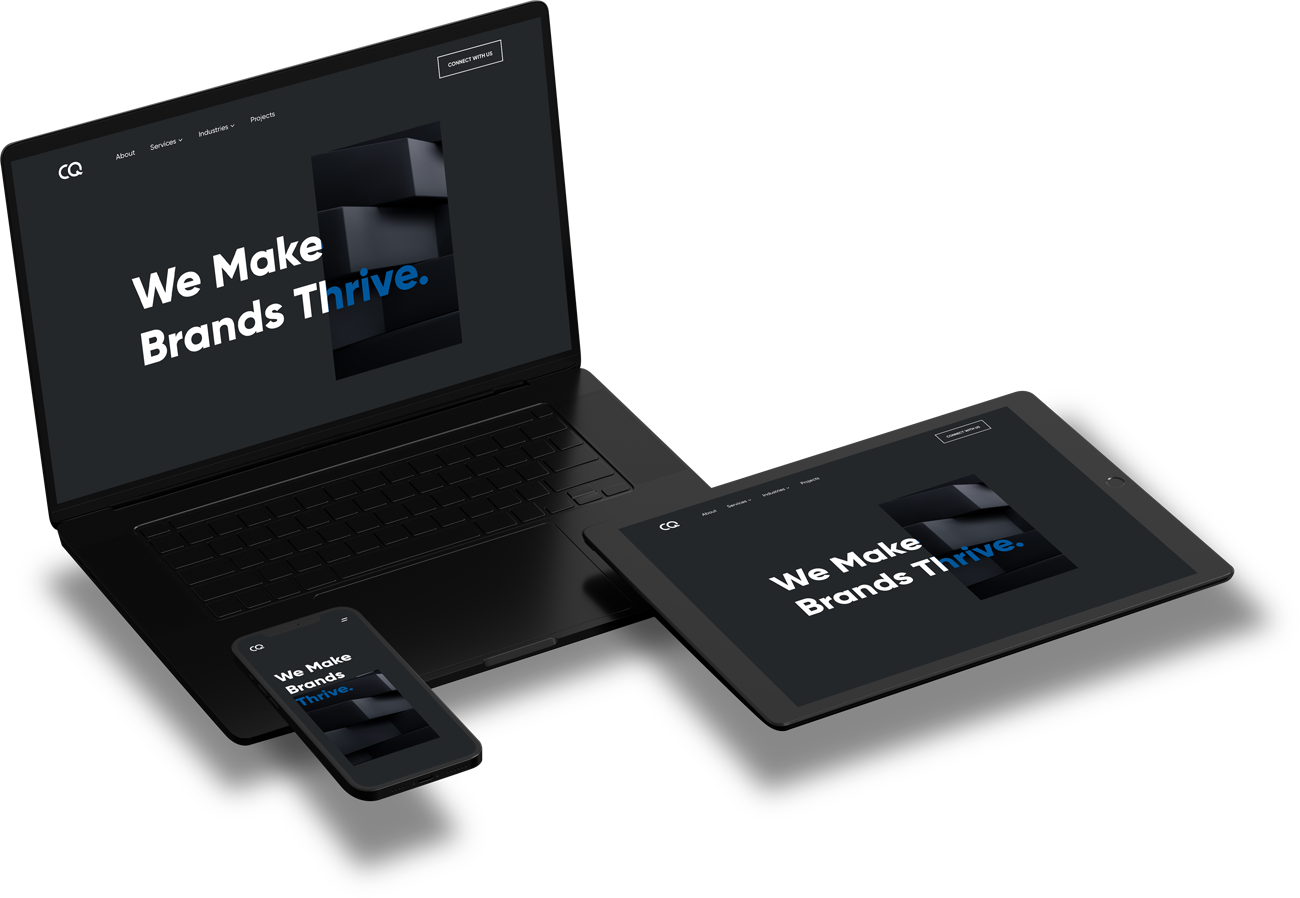 May 3, 2023
May 3, 2023

Both the Agile vs Traditional project management approaches are highly applied in the market. The choice between the two highly depends on your business requirements.
The above pointers will help you pick the right choice for your business. However, if you want to explore more about Agile vs traditional project management basics, we have covered it for you.
Agile project management is an approach towards software development where team collaboration, flexibility to change, and time-boxing tasks are kept on priority. The methodology is young and has been in the project management world for a while now.
Feedback from multiple channels is another important pointer to be noticed in Agile project management. Today, 71% of organizations have shifted to an Agile Project management methodology. Not only this, organizations are able to reduce their money wastage on projects has been reduced to 20% after implementing successful project management techniques like Agile methodology. The prime focus is always on the customer and team members in the organization. And the organization practices this methodology throughout the product development life cycle.
Yet to summarize, Agile project management focuses on the 8 essential values:
With these essential 8 values, Agile project management builds a strong product development life cycle. This, in turn, brings more leads and customer satisfaction/retention rate to the business.
Agile project management packs a pool of benefits. Here are some of the top benefits:

When we talk about flexibility, we refer to the ability to adapt the updating requirements, shift the focus to updated tasks and prepare the resources for the updating requirements.
The tasks are aligned to shorter timelines instead of larger project timelines. It is made possible by regularly monitoring the project and introducing frequent updates as the organization moves to the larger project stages. This, in turn, is beneficial for the customers since changes are custom-centric whether it is in the form of updating the supply chain or technology.
Businesses build trust when they respond to customer changes. Agile software development ensures that new software is released every 2-4 weeks after validating the consumption of users.
For example, if customers are registering a few bugs or demanding new features. The organization must correct the loopholes and introduce the latest feature customers demand. Not only organizations but customers too have the record of changes brought by the company making Agile methodology a two-way system.
Agile frameworks bring transparency to companies. When they implement the use of tools, everyone from stakeholders to end customers can view the cycle of tasks in an organized timeline view. Not only from the business side, but companies can also keep track of changes a customer demands. This, in turn, brings transparency to the business and enhances its worth and ethics in the end.
How about bringing everyone involved in the project on the same level? Businesses look for the best collaboration methodologies, and Agile has been proving it for a long time. From clients to team members and stakeholders, people can work on project management tools to work collaboratively. For example, Google Docs gives an option to let everyone work with sync. Even the document owner can tweak the editing rights. Hence, agile methodology brings flawless collaboration.
The traditional project management system runs with the traditional focus on planning, execution, monitoring, and updating. Business plans the complete project at the start of the project and sticks to the plan throughout the product development life cycle. Documentation also plays a key role in traditional project management and takes a significant time frame in the project. From method and timeline to budget, everything is fixed while following the traditional management methodology.
Tools and technologies are standard and are frequently updated to ensure stability. The project management technique is still famous worldwide. For example, the UK still offers the Prince2 course, which is completely based on the traditional project management methodology.
Traditional project management has been here for a very long time. Even in digital terms, the modern form of project management started taking in the early 1960s and delivered benefits to the organization in handling projects. Here are the benefits of traditional management packs.

When everything is pre-planning, the expectations are clear. The planning phase remains a crucial stage for businesses, and everything is visualized and determined right in the planning phase. Costs, resources, time frame, everything is clear to the business as well as the client. The whole team works with transparency, with a clear direction in mind.
The role of every individual stays clear in the traditional project management methodology. The project manager analyzes tasks and delivers them to the respective team members. Employees working on a project know what their roles will be. This, in turn, benefits organizations with a high level of control. The authorities are laid down to the project management, and there is a limited scope of alteration in the project.
Throughout the project, documentation stays a prime focus. Every step is recorded and documented by the project managers. You can also term the documentation as project guidebooks. With the help of documentation, stockholders regularly get updates on the project. However, the documentation process demands time and effort. But, the practice ensures that everything is recorded throughout the project.
Project managers are the project owners when it is in the operational phase. All the requirements are laid out in the planning phase, and once the project moves to the project manager and his team, they are the sole owners. They are the ones reporting to the upper management as well as clients. This, in turn, delivers higher accountability in the organization.
The differences speak a lot about this choice. If you believe that you want to have a large-scale project and you want to keep everything stable, then you must go for Traditional project management. Also, if you want to ensure that your project stays in control and you get complete & clear documentation of the project, then a Traditional approach is a great idea. Further, if you want that your project should be pre-determined right at the start and then everything to be followed according to the plan, then too you must pick a traditional approach.
| When To Choose The Traditional Approach? | When To Choose The Agile Approach? |
|---|---|
| Well-defined requirements | Evolving requirements and high uncertainty |
| Stable and predictable conditions | Dynamic conditions that change frequently |
| Emphasis on control and predictability | Collaboration and iterative development |
| Decentralized decision-making | Hierarchical decision-making |
| Regulatory compliance and risk management | Experimentation and continuous improvement |
| Specialized skill requirements | Cross-functional and self-managed teams |
| Limited stakeholder involvement | Close collaboration with stakeholders |
Agile is a new and young approach. Agile should be your choice if you want a high level of flexibility in the project where you want continuous updates about your project life cycle. Further, if you want your teams to work collaboratively on advanced systems and tools, Agile is for you. And, in case you want your client to stay involved throughout the project, or you as a client should interact regularly, Agile is the right pick for you. Finally, Agile also unlocks faster project delivery and keeps the error possibilities at the lowest.
Agile vs. Traditional Project management might be the right topic for debate because both methodologies come with their own advantages. Finally, the choices of a business or a client, whatever project methodology they want, they shall integrate into their project. However, Agile methodologies are becoming more common and popular. Especially in the IT world, Agile methodology has become a base for most businesses.
